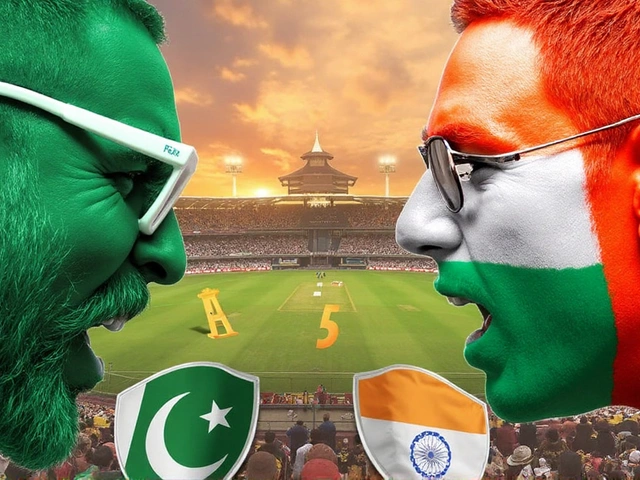Physical Fights: What They Are and How to Deal With Them
Physical fights pop up more often than we’d like to admit. Whether it’s a bar brawl, a street scuffle, or a heated argument that turns ugly, knowing why they start and how to respond can keep you out of trouble. This page pulls together the most useful facts, real‑world examples, and practical steps so you can read, recognize, and react smarter when things get rough.
Why Physical Fights Happen
Most fights aren’t about the punch itself—they’re a symptom of something else. Money, pride, jealousy, or even simple misunderstandings can ignite a spark. Add a cramped space, alcohol, or a crowd, and the tension boils over fast. In many cases, people enter a fight because they feel threatened or want to protect someone they care about. Recognizing the root cause helps you spot a potential clash before it erupts. For instance, if you notice a group getting louder after a few drinks, it’s a cue to step back or intervene calmly.
Staying Safe and De‑Escalating
The best way to survive a fight is to avoid it. Keep a safe distance, use a calm voice, and suggest taking a break. If you’re already in the heat of the moment, protect your head and torso first—those are the most vulnerable spots. Simple defensive moves like stepping to the side, keeping your elbows in, and using the palm of your hand to push rather than strike can buy you time. Remember, the goal isn’t to win a showdown; it’s to get out alive and unhurt.
If you can’t walk away, focus on controlling the situation. Ask clear, short questions: “What’s the problem?” or “Can we talk?” Often the aggressor just wants to be heard. Acknowledging their frustration without agreeing with it can lower the adrenaline. When you feel a punch coming, a quick pivot or a firm block can defuse the impact, giving you a chance to step back and call for help.
Learning a few basic self‑defense techniques never hurts. A well‑placed palm strike to the nose, a knee to the groin, or a low kick to the shin can stop an attacker long enough for you to flee. Practice these moves with a partner or in a class so they become muscle memory. Even if you never use them, the confidence you gain reduces the chance of being targeted in the first place.
After any physical altercation, take care of yourself. Check for injuries, even if they seem minor—bruises can hide deeper damage. Report the incident to the appropriate authorities if needed, and talk to someone you trust about what happened. Processing the event helps you stay mentally sharp and ready for the next time you might need to de‑escalate.
Physical fights are messy, unpredictable, and often avoidable. By understanding the triggers, staying aware of your surroundings, and mastering a few practical safety moves, you can protect yourself and others without resorting to violence. Keep these tips handy, stay calm, and remember that walking away is always the strongest move.

Why are drunk people always in the mood for violence?
- Date: 31 Jan 2023
- Author: Aarav Khatri
Alcohol consumption often leads to aggression and violent behaviour. When people are drunk, they are more likely to act impulsively and to be more emotionally unstable. They may become more hostile, act aggressively and be more likely to become involved in physical fights or other forms of violence. This is because alcohol weakens people's inhibitions, allowing them to act impulsively and without thinking through the consequences.




